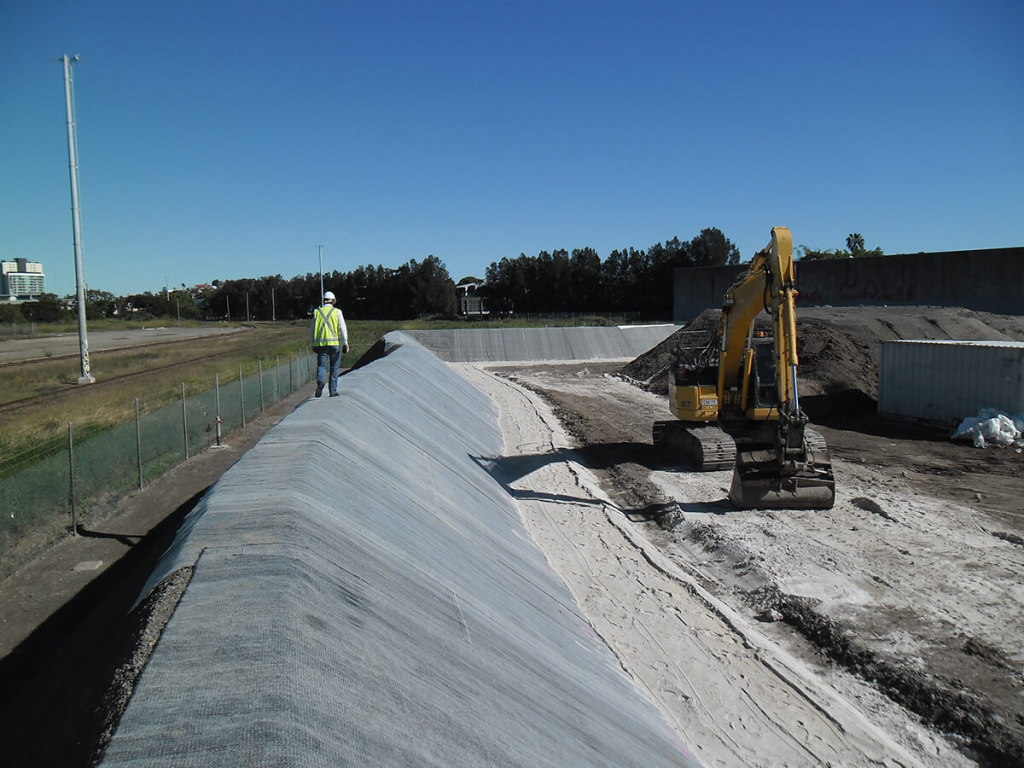How Geosynthetic Clay Liners Solve Common Environmental Containment Challenges
Geosynthetic clay liners are widely used in civil and environmental engineering projects to control fluid migration and enhance containment systems. These engineered barriers are especially effective in applications such as landfills, mining, and wastewater treatment. This article addresses common questions about their use and benefits, helping engineers and project managers make informed decisions.

What Are Geosynthetic Clay Liners and How Do They Work?
Geosynthetic clay liners (GCLs) are composite materials consisting of a layer of bentonite clay sandwiched between geotextiles or bonded to geomembranes. When hydrated, the bentonite swells to form a low-permeability barrier that restricts the movement of liquids and gases. This makes GCLs an excellent choice for lining landfills, ponds, and canals where fluid containment is critical.
What Problems Do GCLs Solve in Environmental Projects?
GCLs address several environmental containment challenges:
- Leak prevention in landfill caps and base liners
- Seepage control in wastewater lagoons and mining tailings
- Barrier reinforcement under roads or storage facilities
Their compact structure and ease of installation also reduce construction time and labor costs compared to traditional clay liners.

When Should You Choose GCLs Over Traditional Clay Liners?
Choose geosynthetic clay liners when:
- Space is limited and a thin liner is preferred
- The site requires rapid installation with minimal compaction
- Consistent permeability and performance are critical
GCLs provide a uniform and predictable hydraulic barrier, unlike natural clay which may vary in composition and performance.
How Durable Are GCLs in Harsh Environments?
GCLs are designed to withstand extreme environmental conditions. They maintain low permeability over time, resist chemical degradation, and are effective even under high load pressures. When properly installed and covered, they can provide long-term performance for decades, making them a reliable solution for containment systems.
Geosynthetic clay liners offer a powerful, flexible, and cost-effective solution for controlling fluid migration in various engineering applications. Their proven performance makes them an essential component of modern environmental protection systems.
Comments
Post a Comment